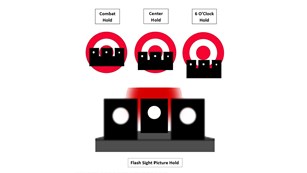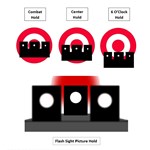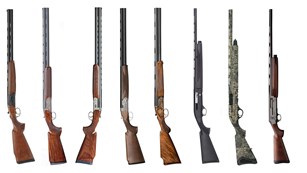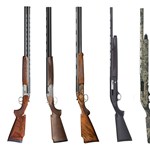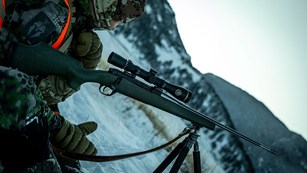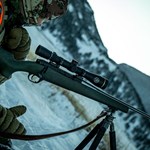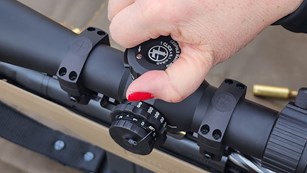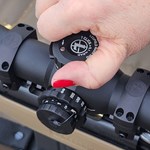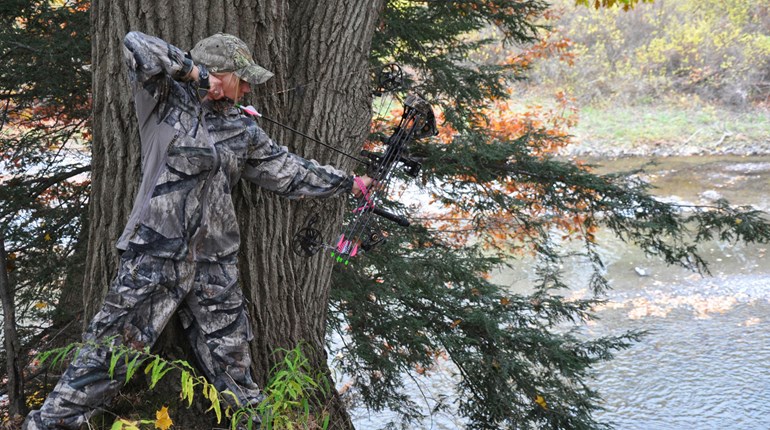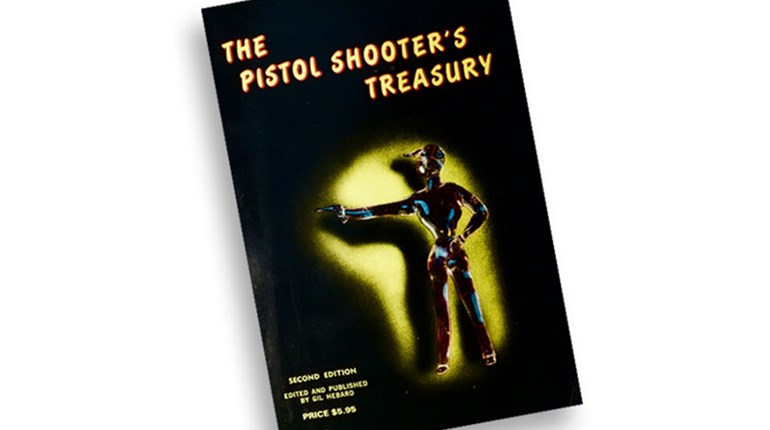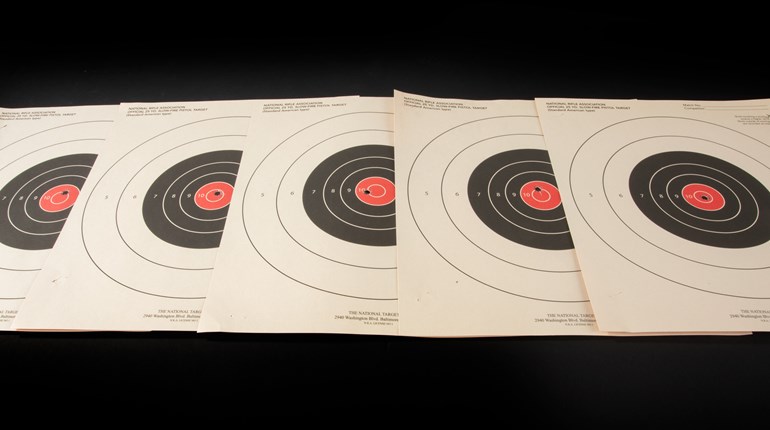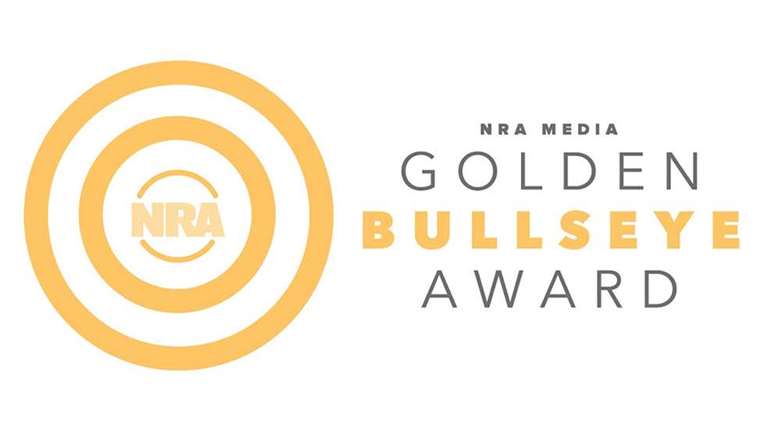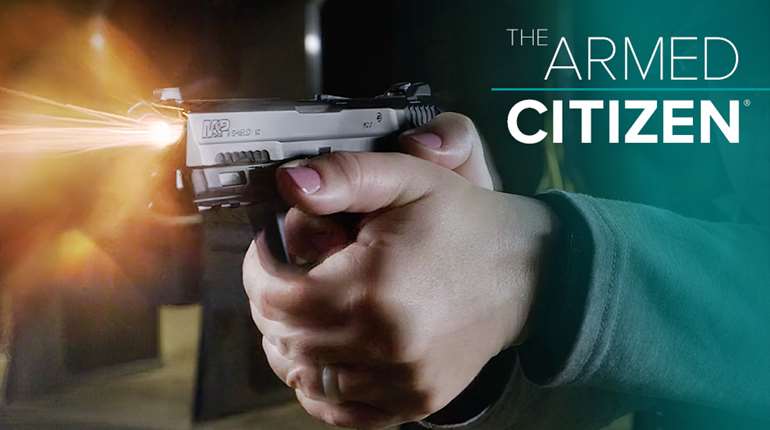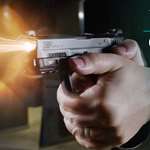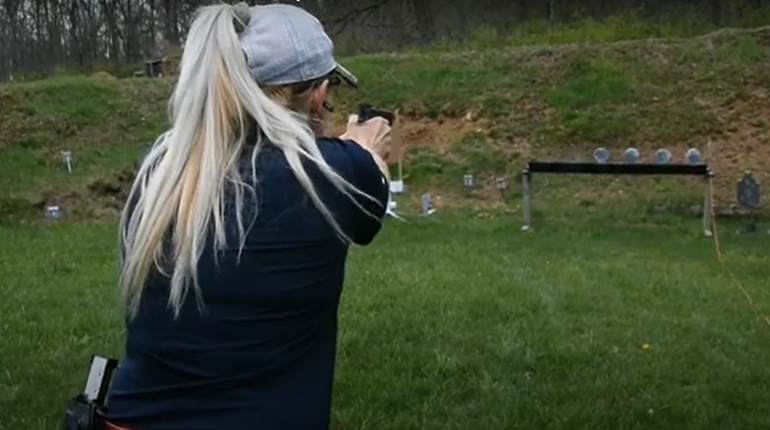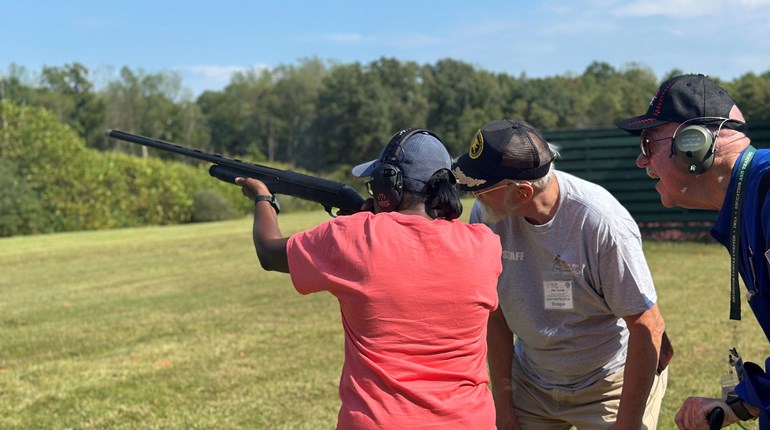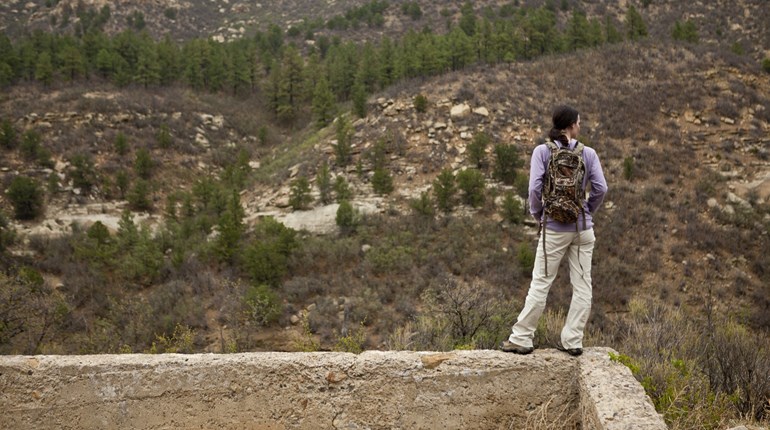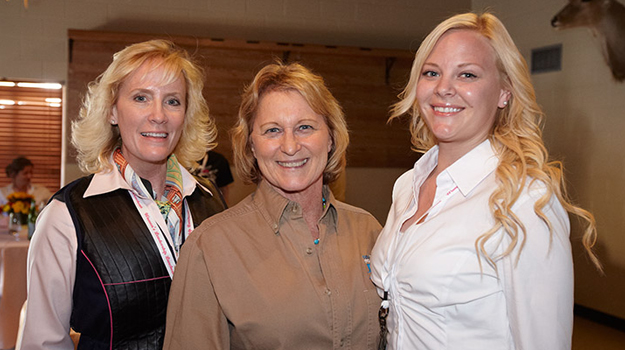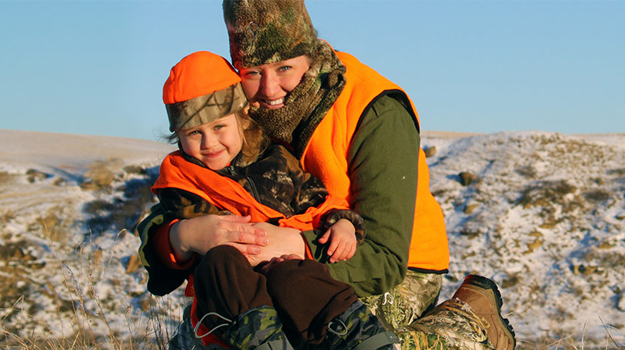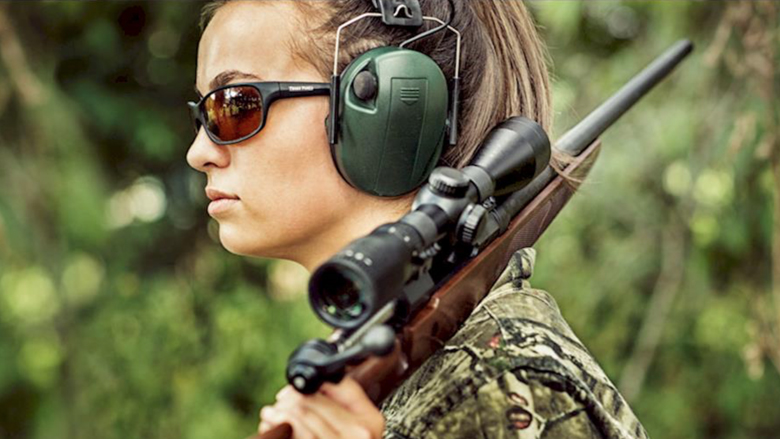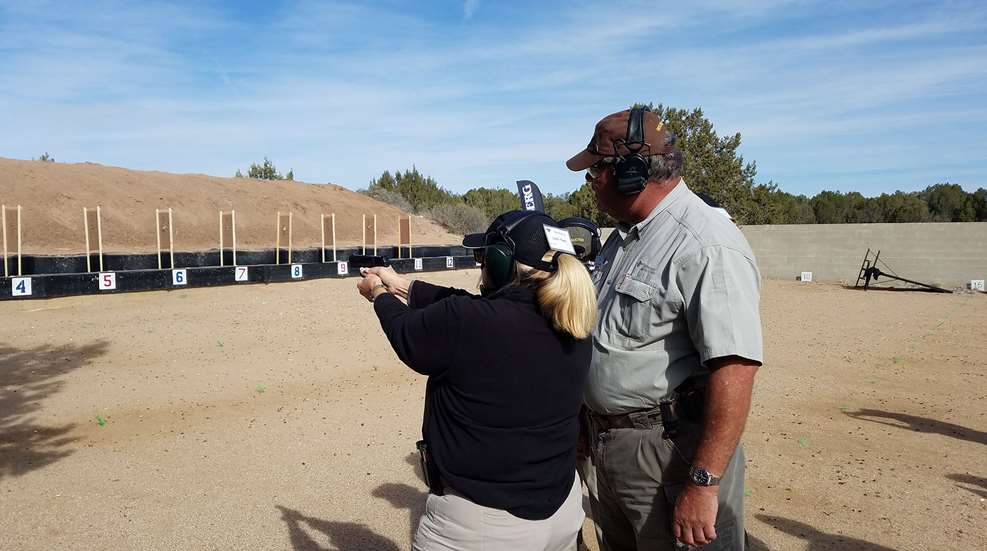
When you think of self-defense, especially as it applies to carrying a firearm, your mind probably goes to the immediate, tangible things that are in front of you. What gun should I carry? What ammo should I shoot? Why aren’t any of these holsters comfortable?
There’s nothing wrong with that, but in truth, self-defense is mostly about intangibles. Jeff Cooper, who founded Gunsite Academy, popularized the idea of the Combat Triad to help his students focus on the three most important intangibles of defending yourself with a firearm. While you might scoff at the idea of “combat,” that’s exactly what you’re in for in an armed defensive scenario.
The Combat Triad has three components, forming the three sides of a triangle: mindset, marksmanship and gun handling. Although Cooper’s model is an equilateral triangle and therefore all three components are of equal value, “mindset” forms the base of the triangle for good reason: If your mind isn’t right, you won’t be able to put your marksmanship and gun handling skills to use.
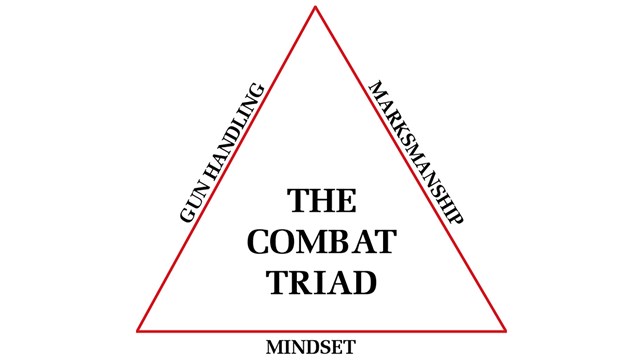
The Base: Mindset
Carrying a firearm requires a certain frame of mind. First, and this isn’t as obvious as it sounds: You must be willing to use the gun. This is a serious life-and-death decision, and if you’ve never taken the time to contemplate that, it’s past time to do so. Find out if you’re mentally ready to carry by asking yourself these four questions.
Secondly, if you’re carrying concealed, you do not have the luxury of living life in Cooper's color code Condition White (oblivious to your surroundings) all the time. At least a mild version of Condition Yellow must become your default mindset, where you are taking note of your surroundings, scanning for potential threats, and generally being grounded in the present.
Mindset in the Combat Triad also includes self-discipline and self-control—you can’t be a hothead if you’re armed. Can you control your temper, keep your cool in an emergency, and focus on the task at hand before, during and after a defensive gun situation?
Gun Handling
Gun handling covers essentially everything you do with a firearm short of actually hitting targets with it. A huge aspect of the gun-handling side of the Combat Triad is safety. This starts at home. You should know how to safely load, unload and work the slide without pointing the muzzle in an unsafe direction, how to safely put the gun on in the morning and remove it at night, etc.
Most gun handling will be practiced at the range. This includes dropping and changing magazines, clearing malfunctions, drawing the gun from the holster and presenting it to the target safely and effectively, reholstering safely after firing, and more. If you fumble around with your clothes or purse while drawing the gun from concealment, your gun handling needs work. A slow draw and presentation is a deadly mistake in a gunfight.
Don’t forget that smart, safe gun handling doesn’t end when the last shot is fired. What you do with the firearm after you’ve fired in self-defense matters, too. You should take safety perspective for those around you and for yourself into account immediately. For example, once law enforcement arrives, you should not still be holding your gun.
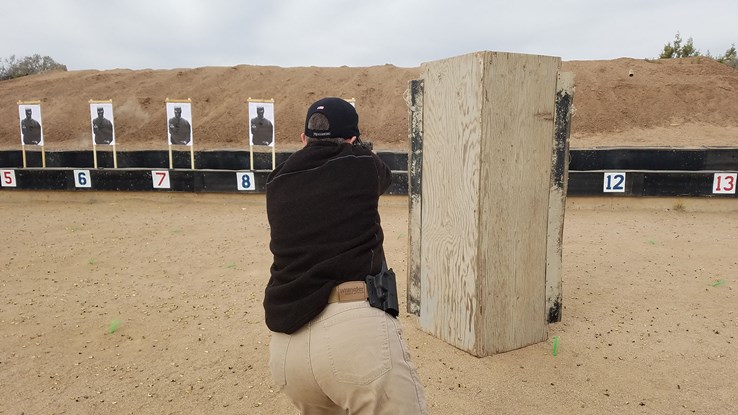
Marksmanship
Simply put, marksmanship is being able to hit your target. Most of us think we have this handled because we can keep our shots inside the silhouette’s thoracic cavity at the range. That’s great, and you should be able to do that (again, relatively quickly) if you’re going to carry a gun. But in a combat or self-defense scenario, you don’t get to choose the terms. You almost certainly will not have the luxury of planting your feet exactly how you like them, standing square to the threat, taking a deep breath and firing at a perfectly still target the way you do at the range. You might be moving. The threat might be moving. You might have a baby in one arm and a purse slung over the other. You might be in high heels. You might be sitting, maybe in a car. You might be backed up against a wall unable to draw with your elbow back as usual. In a bad situation, your hands might be dirty or bloody. It might be dark—have you ever fired your gun in anything other than broad daylight? You might be fighting a headache or a sinus infection and not be at your best. You’ll most certainly be experiencing an adrenaline dump and tunnel vision.
It’s hard to practice for many of those situations at your local range for safety reasons. If it’s in your budget, I’d encourage you to attend a specialized school, such as Gunsite Academy, that can help you train in conditions you don’t always get to experience at home.
Honing the Combat Triad
While I would never tell you to master mindset, gun handling and marksmanship before you carry a gun (after all, we’re all always learning), you should consider all three and be honest with yourself about your abilities and mindset. Specifically training gun handling and marksmanship at the range will help develop those legs of the triangle. However, skills without the proper mindset to utilize them are nearly useless. Reading self-defense-themed books and magazine articles will help, and so will sitting down and deciding what self-defense means to you.
A self-defense mindset without the skill to physically follow through will only get you so far. You need all three aspects of the triad in order to have the best chance in a self-defense scenario.


